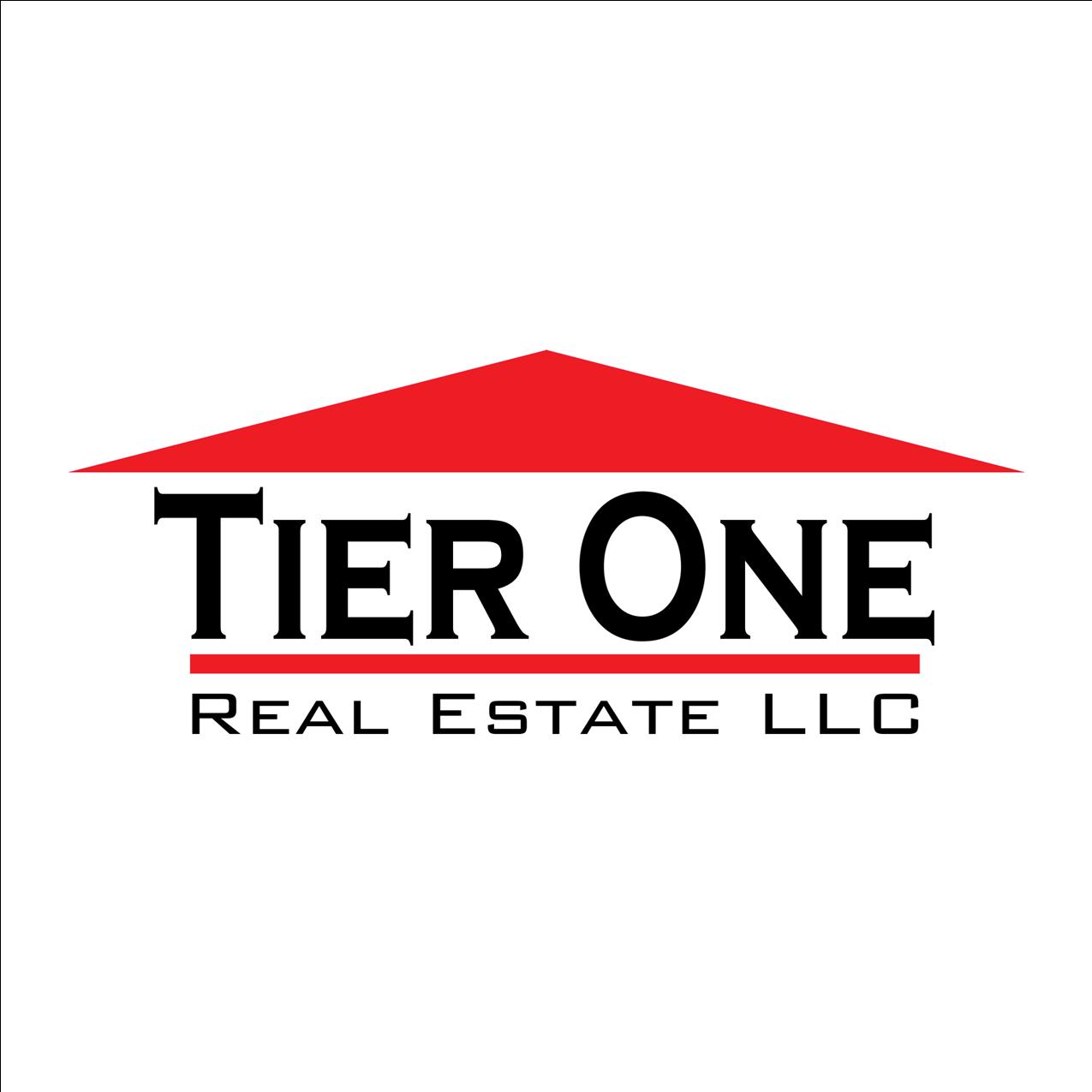A lot of us are used to paying normal expenses when we own a property. These expenses include the mortgage, utilities, and taxes. When you have a vacant property, other unexpected expenses can occur. Today, we’re discussing the true cost of a vacant property.
Property Management Utah: Vacant Property
A lot of your expenses will depend on how the place has been kept. If it needs to be cleaned, that’s a cost. If it has been damaged, you’ll need to determine whether it’s light damage that can be easily repaired, or if a full rehab is necessary before you rent it to another person. Another cost is the lack of rental income. When you have no rent coming in, you will need to pay out of pocket for things that were normally covered by the rent. For example, if your property rents for $1,000 per month, every vacant day costs you about $33. In seven days, that’s over $200. So, you want to avoid vacancies and rent your property quickly.
Property Management in Utah: Reducing Lost Rent
There are five things that you can do to minimize the vacancy costs of your Utah rental home.
- If you are rehabbing the place, keep it down to a three-day turnover. This will keep your cost at around $300 for the vacancy.
- If it’s possible, begin marketing the home way in advance. If your current tenants give you notice or you know you’ll have a vacancy, get it on the market. We like to market a property 60 days prior to the place being empty. That gives us time to find a qualified candidate.
- Have a clear and concise move-out process. People make a lot of mistakes here. Use a moving out checklist with guidelines and as much detail as possible. This will ensure you don’t miss anything, and it educates the tenants on what you’ll look for when they move out. You can see what’s damaged, and what needs to be cleaned.
- Once you have a renter in place, it’s important to do inspections. Conduct inspections annually, semi-annually, or quarterly. You are the best judge of when that’s most convenient. We do them twice a year to understand how the place is being kept and if there’s anything we need to do. Inspections can help you find damage you wouldn’t know about until after a tenant moves out. If you find damage in the unit, you can repair it and bill for it while the tenant is still occupying the home.
- If possible, collect a higher security deposit. Commonly, people collect a deposit equal to a month’s rent. If you charge $1,000 in rent, you probably collect a $1,000 deposit. But that’s not always enough to cover the mortgage payment if the tenants skip or move out. If there’s damage, the $1,000 may not be enough to cover all your expenses. So, we collect up to 200 percent of the monthly rent. On that $1,000 property, we would collect a $2,000 deposit. This sets a standard and lets the renter know they are on the hook for that money if damage is done to the home.
These are five things to keep in mind when you have a vacant property. If you have any questions about property management, please contact us at TierOne Real Estate. Please, also check out our FIVE Satisfaction Guarantees to ensure your home is protected.


